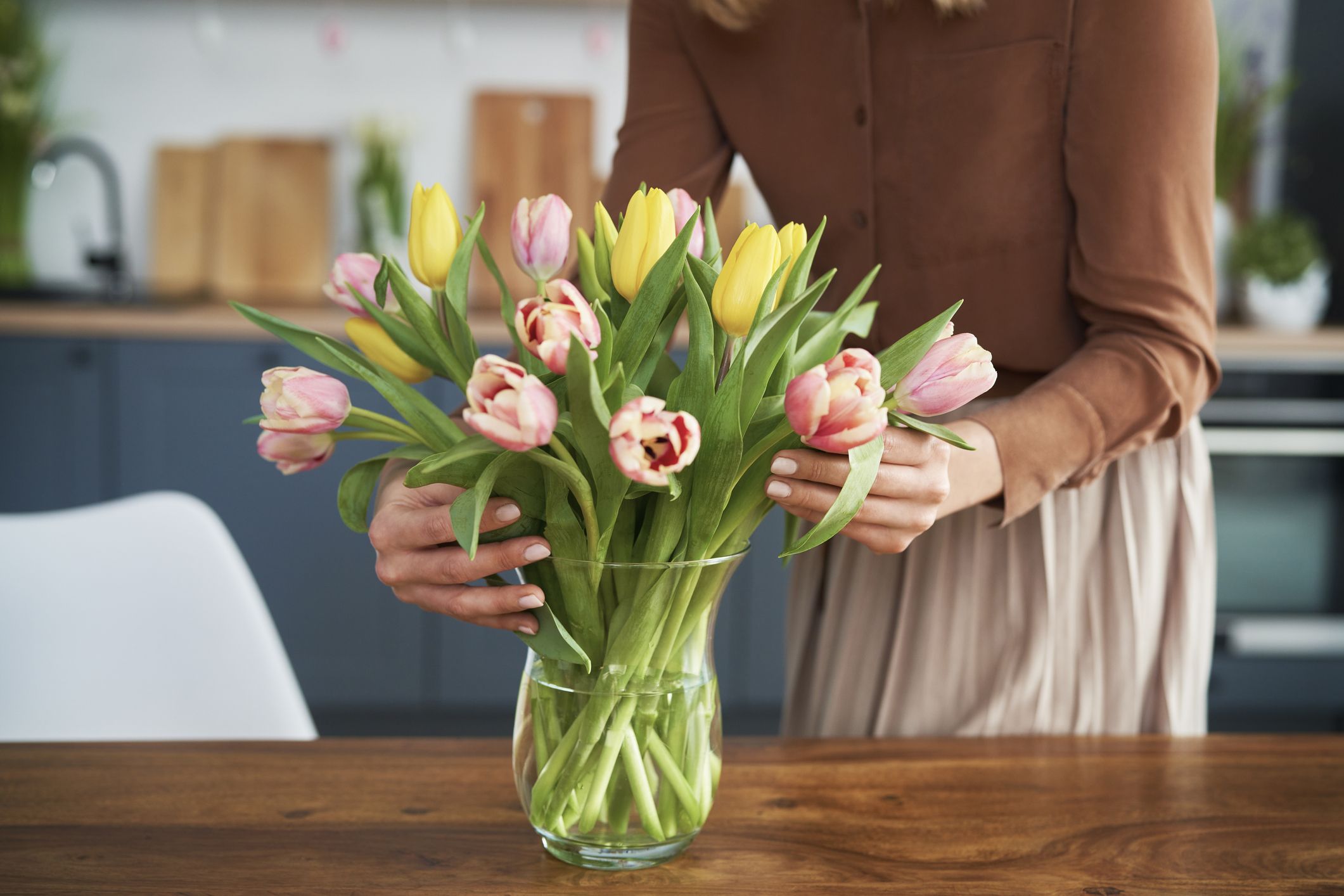Flower arrangement is a timeless art form that allows individuals to express their creativity while bringing the beauty of nature indoors. Whether you’re a seasoned florist or a novice enthusiast, mastering the art of trimming flowers is essential for creating stunning vase displays that captivate the senses and elevate any space. In this comprehensive guide, we’ll explore expert trimming tips to help you achieve breathtaking flower arrangements that leave a lasting impression.
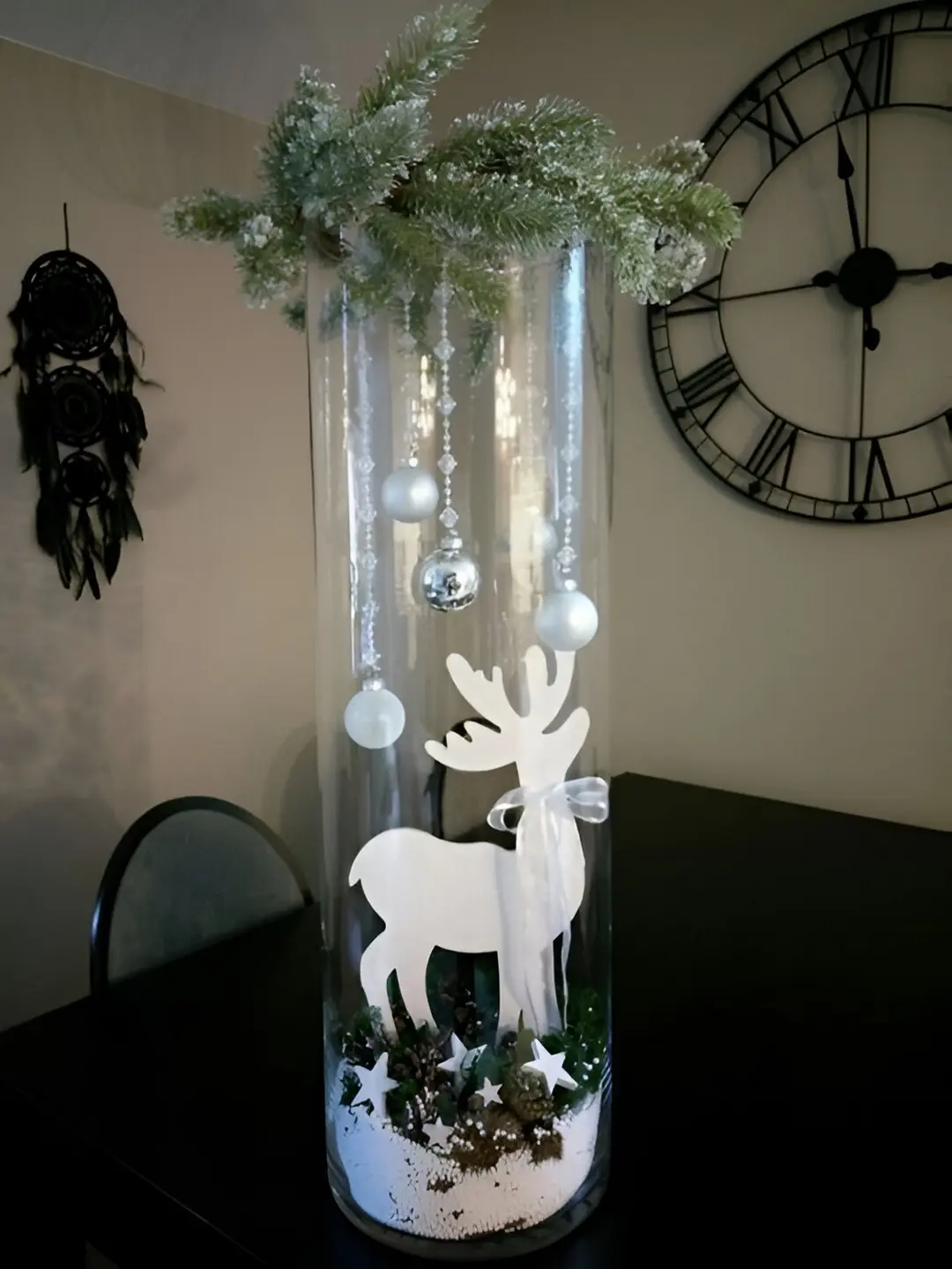
Understanding the Basics of Trimming
Before delving into advanced trimming techniques, it’s essential to grasp the basics of flower trimming. Proper trimming not only enhances the aesthetic appeal of your arrangement but also promotes longevity by ensuring that each stem can absorb water effectively. Here are some fundamental trimming tips to keep in mind:
- Use Sharp Tools: Always use sharp, clean cutting tools such as floral shears or a sharp knife to make clean cuts without crushing or damaging the stems.
- Trim at an Angle: When trimming stems, cut them at a 45-degree angle to create a larger surface area for water absorption and prevent the ends from sitting flat against the bottom of the vase.
- Remove Excess Foliage: Strip any excess foliage from the lower portion of the stems to prevent them from becoming submerged in water, which can lead to bacterial growth and decay.
- Cut Underwater: For delicate flowers such as roses or hydrangeas, consider trimming the stems underwater to prevent air bubbles from forming in the stems, which can inhibit water uptake.
- Adjust Stem Length: Trim each stem to the desired length based on the size and shape of your vase, ensuring that all flowers are proportionate and balanced within the arrangement.
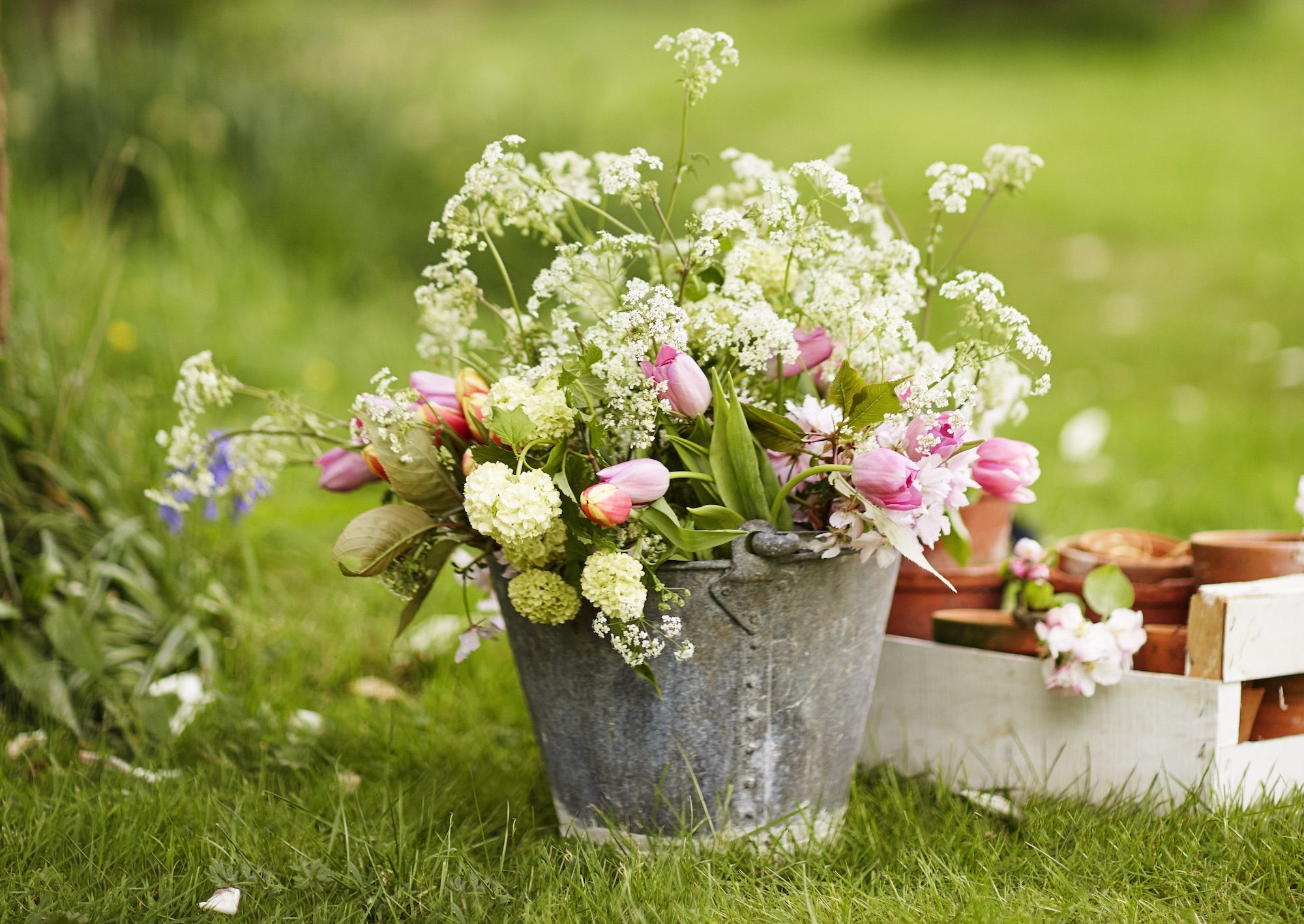
Enhancing Texture and Dimension
Once you’ve mastered the basics of trimming, you can begin to explore advanced techniques for enhancing texture and dimension in your vase displays. By strategically trimming stems and foliage, you can create dynamic arrangements that are visually compelling and full of character. Here are some tips to help you achieve texture and dimension in your flower arrangements:
- Layering Stems: Experiment with layering stems of varying lengths to create depth and dimension within your arrangement. Place shorter stems towards the front and taller stems towards the back to create a graduated effect.
- Mixing Foliage: Incorporate a variety of foliage textures, such as broad leaves, delicate ferns, or trailing vines, to add visual interest and complexity to your arrangement. Mix different foliage types throughout the arrangement for a balanced look.
- Grouping Flowers: Cluster flowers of the same type or color together to create focal points within your arrangement. Grouping flowers in threes or fives can create visual impact and draw the eye towards specific areas of the arrangement.
- Adding Filler Flowers: Use filler flowers such as baby’s breath, waxflower, or statice to fill in gaps and add volume to your arrangement. These delicate blooms can help soften the overall look and create a sense of abundance.
- Incorporating Branches or Berries: Introduce branches, berries, or other natural elements to add texture and dimension to your arrangement. Branches with interesting shapes or textures can provide structural support and create visual contrast against softer blooms.
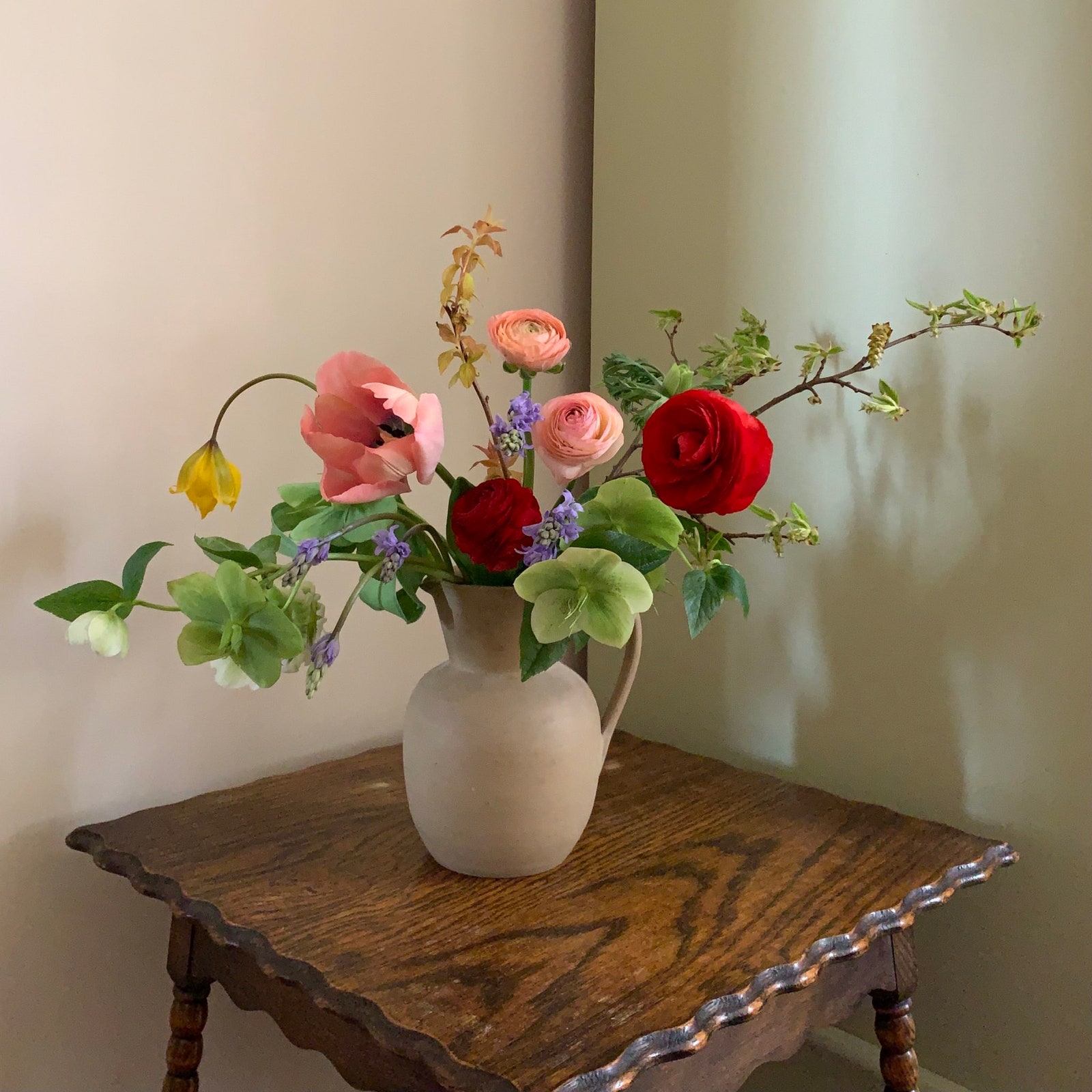
Creating Visual Harmony and Balance
Achieving visual harmony and balance is essential for creating cohesive and aesthetically pleasing flower arrangements. By paying attention to color, shape, and proportion, you can create arrangements that are visually striking and harmonious. Here are some tips for creating visual harmony and balance in your vase displays:
- Selecting a Color Palette: Choose flowers and foliage in complementary colors or shades that harmonize with the decor of your space. Consider the mood you want to evoke and select flowers accordingly—bright and vibrant for a cheerful display, or soft and muted for a romantic ambiance.
- Considering Proportions: Pay attention to the proportions of your arrangement, ensuring that it is balanced and well-proportioned. Avoid overcrowding the vase with too many flowers or foliage, as this can overwhelm the arrangement and detract from its beauty.
- Creating a Focal Point: Establish a focal point within your arrangement by placing larger or more vibrant flowers towards the center or front of the display. Surround the focal point with complementary blooms and foliage to create a sense of cohesion and balance.
- Embracing Contrast: Introduce contrast into your arrangement by combining flowers and foliage with different shapes, sizes, and textures. Contrast can create visual interest and draw attention to specific elements within the arrangement.
- Considering Symmetry and Asymmetry: Experiment with both symmetrical and asymmetrical arrangements to create different visual effects. Symmetrical arrangements are formal and balanced, while asymmetrical arrangements are dynamic and playful.
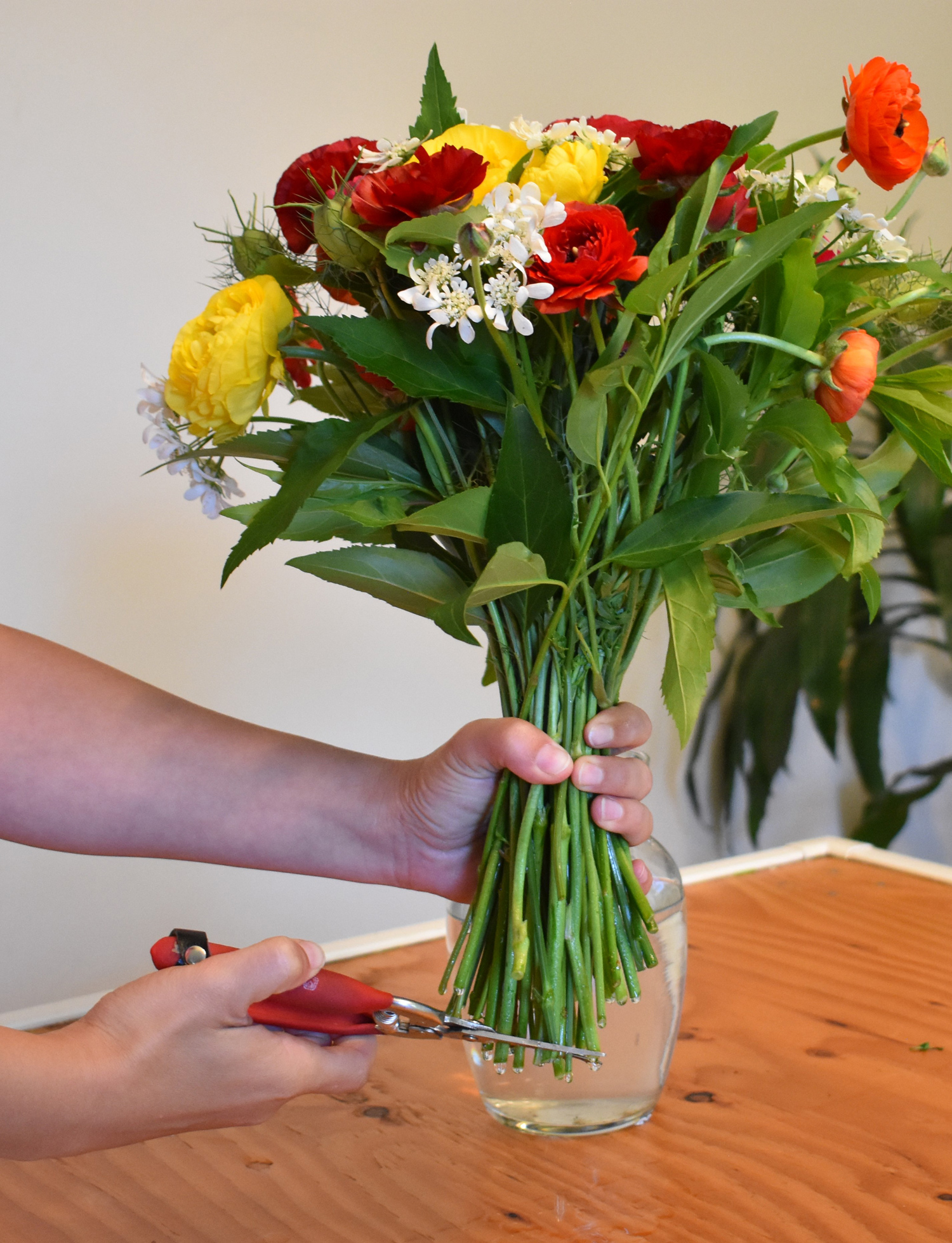
Maintaining Freshness and Longevity
Once you’ve perfected your trimming techniques and created a stunning flower arrangement, it’s essential to take steps to maintain its freshness and longevity. Proper care and maintenance will ensure that your arrangement remains beautiful for as long as possible. Here are some tips for prolonging the freshness of your flower arrangements:
- Change the Water Regularly: Replace the water in your vase every two to three days to prevent bacterial growth and keep the flowers hydrated. Trim the stems slightly each time you change the water to ensure optimal water uptake.
- Remove Fading Flowers: As flowers begin to fade, remove them from the arrangement to maintain its overall appearance and prolong the lifespan of remaining blooms. This will also allow air to circulate more freely, preventing mold and decay.
- Keep Away from Heat and Direct Sunlight: Place your flower arrangement in a cool, shaded area away from direct sunlight and sources of heat such as radiators or vents. Heat can cause flowers to wilt prematurely and shorten their lifespan.
- Mist Flowers with Water: Lightly mist the flowers and foliage with water using a spray bottle to keep them hydrated and fresh between water changes. Avoid misting directly onto delicate blooms, as this can cause them to become waterlogged.
- Trim Stems as Needed: Monitor the water level in your vase regularly and trim the stems as needed to ensure that they remain submerged. Cutting the stems at an angle will expose fresh tissue and promote water absorption.
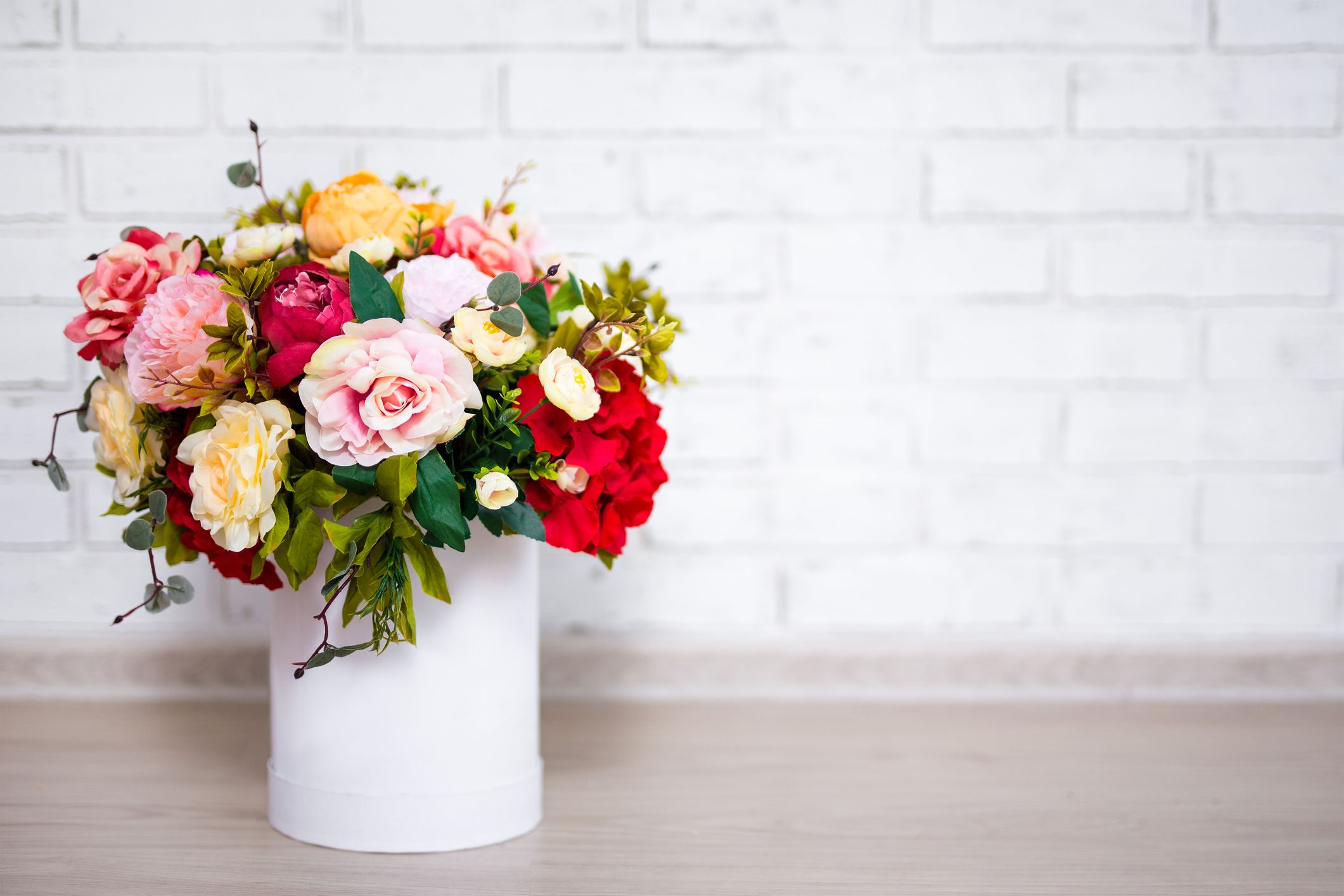
Conclusion: Elevating Your Floral Arrangements
Mastering the art of trimming is essential for creating stunning flower arrangements that showcase the natural beauty of each bloom. By understanding the basics of trimming, exploring advanced techniques for enhancing texture and dimension, and mastering the principles of visual harmony and balance, you can create vase displays that captivate the senses and bring joy to any space. With proper care and maintenance, your floral creations will continue to delight and inspire for days to come, bringing the beauty of nature indoors for all to enjoy.





